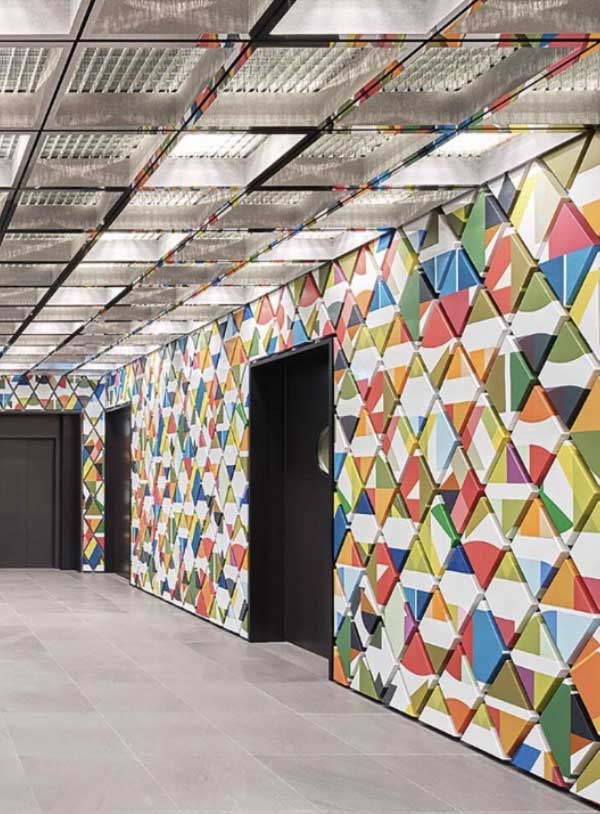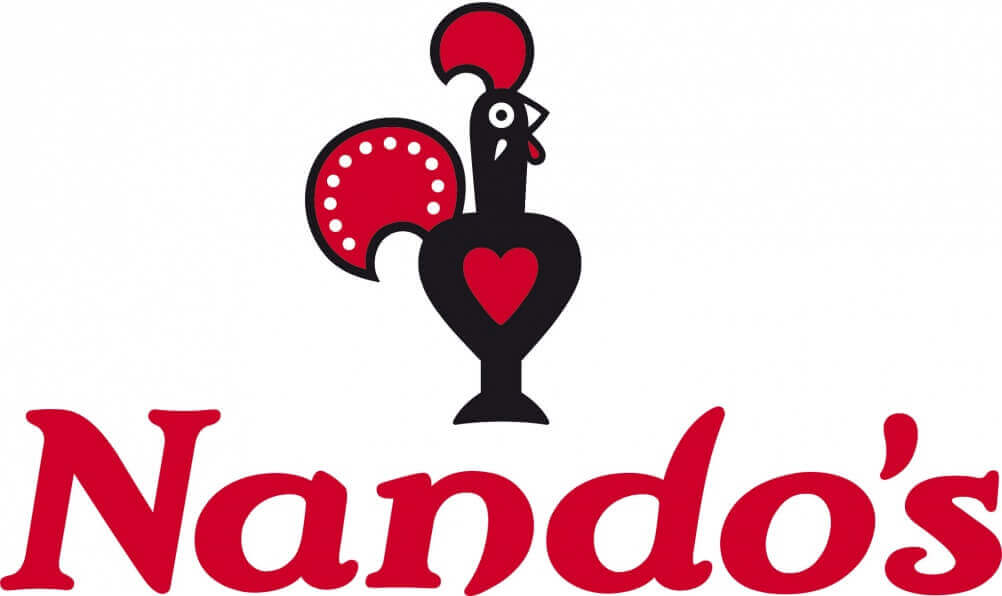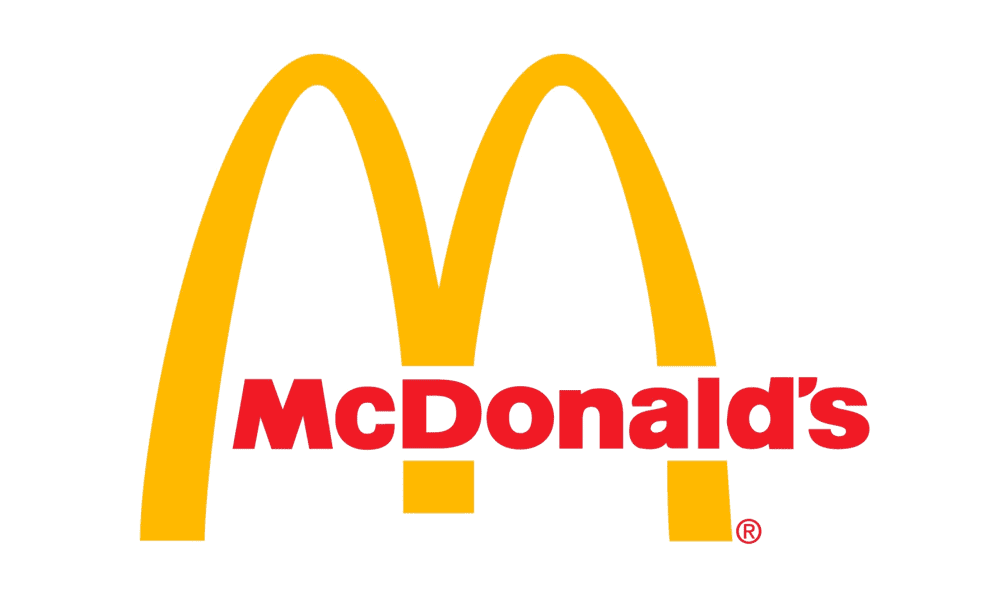Cost-effective and more eco-friendly; solar panel printing is an important development in renewable energy technology.
This is a revolutionary way of manufacturing photovoltaic (solar) cells that convert sunlight into energy, which uses specialised techniques to deposit photovoltaic materials onto different substrates.
In this article, we provide an overview of solar panel printing, discussing the technology behind it, the materials it uses, its benefits, and its applications.
Solar panel printing: An explanation
At its core, solar panel printing refers to using printing technologies to create solar cells.
These processes involve depositing thin layers of photovoltaic materials onto surfaces using techniques that resemble traditional printing.
As an alternative to assembling rigid crystalline silicon panels in clean rooms through multiple energy-intensive steps, solar panel printing allows for the continuous production of solar cells on flexible substrates using roll-to-roll processes. This approach represents a significant change to the production and deployment of solar energy capture in various environments.
Technology used
Several printing technologies have been adapted for solar cell production:
Screen printing – is the most established method, and is widely used for metallisation – that is, deploying metal contacts on surfaces – in conventional silicon solar cells. It pushes conductive pastes through a mesh screen to create electrical contacts.
Inkjet printing – offers precise control over material deposition by ejecting droplets of photovoltaic “inks” onto substrates, allowing for detailed patterning without physical contact.
Gravure printing – utilises engraved cylinders to transfer photovoltaic materials onto substrates – this allows high-throughput, continuous production.
Roll-to-roll processing – allows continuous manufacturing where flexible substrates pass through different printing stations, significantly increasing production speed and reducing costs.
Spray coating – involves spraying photovoltaic solutions onto surfaces, offering scalability for large-area applications.
Materials
Solar cell printing is closely linked to the development of specialised photovoltaic materials. These include
Organic photovoltaics (OPVs) – which are carbon-based semiconductors that can be dissolved in solvents to create printable inks. While offering lower efficiency than silicon cells (typically 8-15%), they provide flexibility and printability that has opened new application possibilities.
Perovskites – these are emerging materials that have proven to increase efficiency in laboratory tests. Their processability makes them ideal candidates for printing techniques.
Quantum dots – nanocrystals that can be tuned to absorb specific light wavelengths by adjusting their size.
Conductive inks – silver, copper, and carbon-based conductive materials that are formulated into printable inks for creating electrical contacts and interconnections.
Substrate materials – including polyethylene terephthalate (PET), polyethylene naphthalate (PEN), and various papers and textiles. These are the base layers for printed solar cells.
Flexibility
One of the most revolutionary aspects of printed solar technology is flexibility; both in physically and in terms of design.
Physical flexibility allows printed solar panels to conform to curved surfaces. They can withstand bending and folding, and be integrated into non-traditional applications. Unlike rigid silicon panels that require fixed, flat mounting surfaces, printed solar cells can be applied to more irregular shapes.
Design flexibility refers to the customisable nature of printing processes. Manufacturers can easily adjust panel dimensions, shapes, and electrical characteristics to meet specific application requirements, while bringing down costs.
Cost-effectiveness
Printed solar technology offers several economic advantages:
Reduced material usage – because printed solar cells typically use much less active material than conventional silicon panels.
Lower energy manufacturing – traditional silicon panel production requires high-temperature processing (over 1000°C).
Simplified production – there are fewer production steps and less complex equipment requirements.
Scalability – roll-to-roll production allows for high-volume manufacturing compared to newspaper printing.
Applications
Printed solar cells have enabled applications beyond those of traditional panels.
These include new types of building integration, with transparent or semi-transparent printed solar films being integrated into windows, facades, and building materials. There are also more opportunities to power portable electronic devices, reducing the need for battery power, and to support self-powered sensors in
Internet of Things (IoT) infrastructures. The same applies to ‘wearables’, allowing anything from clothes to personal accessories to charge mobile devices.
In transportation, vehicle surfaces can incorporate printed solar cells to extend range, and solar panel printing has also opened up new applications in the military and space sectors.
Advantages
Beyond the specific benefits we’ve already mentioned, there are more advantages.
Solar panel printing has accelerated innovation cycles, due to the relative simplicity of modifying printing processes. This has paved the way for faster iteration and optimisation compared to traditional semiconductor manufacturing.
There is also the harnessing of local manufacturing potential which is a result of the lower capital investment requirement for regional production facilities. This reduces transportation costs and emissions while creating local jobs.
Lastly, solar panel printing can make renewable energy look better! Transparency and the ability to customise colours allow solar technology to blend more effectively with architectural and product designs.





















